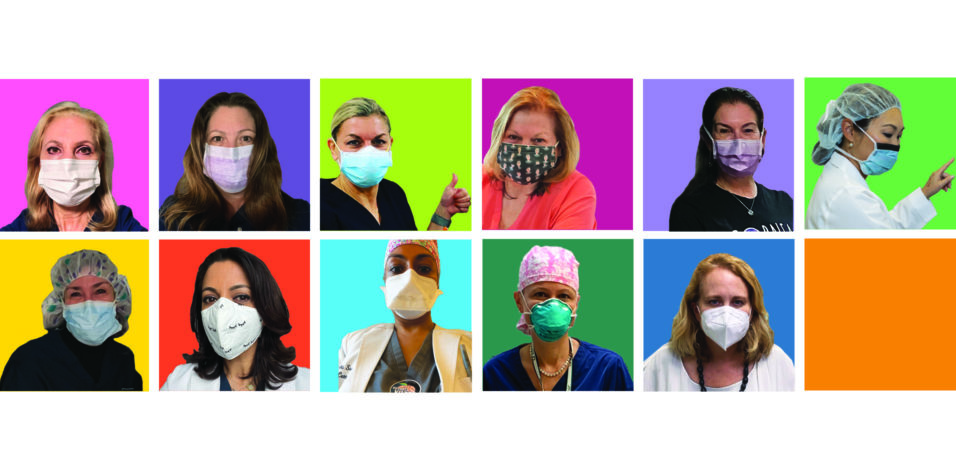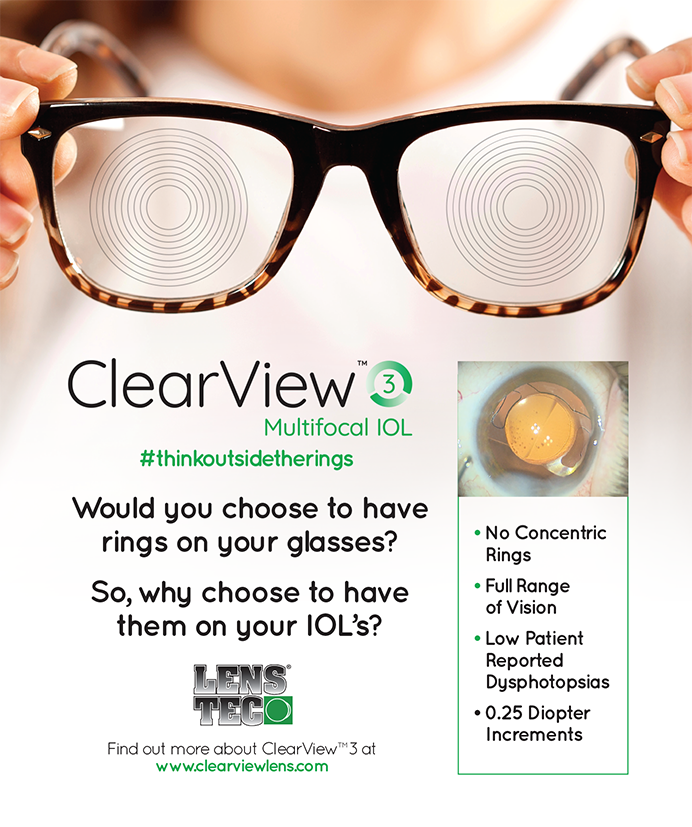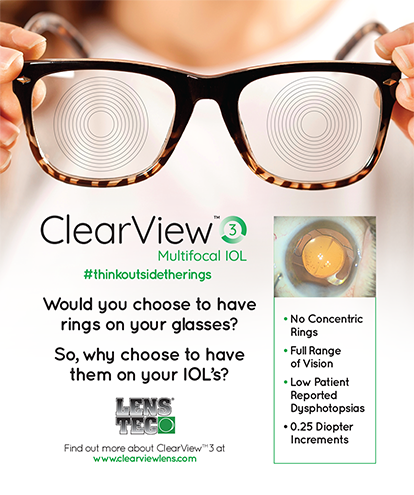Riding the ‘COVID High’
Kendall E. Donaldson, MD
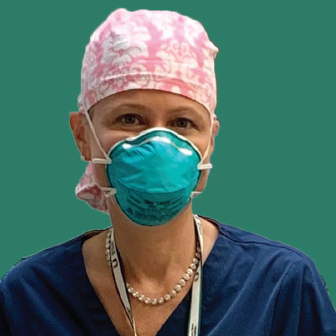
COVID-19 has been devastating globally, affecting so many aspects of professional and personal lives. The financial impact on many industries has been dramatic, and changes in the ways in which people interact with each other and how people view the world are pervasive and long-lasting. This pandemic has caused most people to examine what they value most in their lives. Many have responded by investing in their homes, their families, and themselves. Various forms of self-improvement have been considered and pursued.
Television commercials provide a window into how society’s priorities have changed. It seems to me that more than half of commercials are currently for bed sheets; mattresses; towels; chairs for the home office; vitamins; and youth-enhancing medications, creams, and cosmetic procedures. A patient of mine recently shared with me a photograph from her 70th birthday party. A group of ladies in their 70s were pictured, and I commented on their youthful appearances. She laughed and told me they all got facelifts during the pandemic after canceling their travel plans.
A SURGE IN VOLUME
In ophthalmology, a similar impulse has increased the volume of corneal refractive surgery and premium lens upgrades with cataract surgery. According to Market Scope and other sources, national surgical volume was low in March and April 2020, but numbers rose quickly during the following 3 months to above-average volumes.1,2 In my practice, overall volume is approximately 110% to 120% at present compared with the same time in previous years. We have been offering a post-COVID discount program for LASIK that has helped us to maintain high volumes for corneal refractive surgery. I also find that more patients are electing premium lens upgrades. They seem to value freedom from glasses more since experiencing life with face masks. Further, when I explain that potential side effects of a multifocal lens include glare and halos, most patients provide a response similar to this: “I rarely drive at night anymore because there is nowhere to go since COVID-19.” These visual phenomena are therefore not a major deterrent at the present time.
I cannot overstate the influence that wearing masks is exerting on my patients’ choices about their eye care. I consistently hear them complain about foggy spectacle lenses, difficulty breathing, dry eyes, blepharitis, chalazion, and dermatologic symptoms. Patients sitting in my exam chair often have fogged, dirty glasses perched awkwardly on the ledge of their crooked masks. Many of my patients who wear contact lenses have reevaluated the potential risks of touching their eyes and face. Others no longer wish to bother putting in their contact lenses to work at home—a sort of extension of their exchanging button-down shirts, ties, and dresses for more casual attire. Many of my patients are also noticing an increase in dry eye symptoms associated with long hours of screen usage and mask wear. These experiences and observations are driving increased interest in corneal refractive surgery and premium IOLs.
As my patients receive their COVID-19 vaccinations, they are becoming more comfortable with venturing outside their homes, including to the clinic. Many patients whose last visit was in 2019 have returned in the past 3 months. A lot of them present with cataracts that have matured during their absence from medical care, medical conditions that have become more severe, and consequences from less rigorous adherence to prescribed medical therapy. This recent influx of patients has boosted the pool of potential candidates for corneal refractive surgery and premium IOLs.
CONCLUSION
During this COVID high, as I call it, special discounts and word-of-mouth referrals are helping to maintain and grow surgical volume for the long term at my practice. Telehealth is a wonderful tool for educating and screening patients who are interested in refractive surgery. It increases office efficiency by educating patients in advance of their clinic visits and helps us to limit clinic volume so that we can maintain adequate physical distancing.
COVID-19 has been devastating, but it has also offered lessons that can be used to change lives and strengthen medical practices as we move forward.
1. Refractive Surgery Council reports nearly 30% rise in laser vision correction procedures year over year. Refractive Surgery Council. April 30, 2021. Accessed May 10, 2021. https://eyewire.news/articles/refractive-surgery-council-reports-nearly-30-rise-in-laser-vision-correction-procedures-year-over-year
2. Shruti Aggarwal, Jain P, Jain A. COVID-19 and cataract surgery backlog in Medicare beneficiaries. J Cataract Refract Surg. doi:10.1097/j.jcrs.0000000000000337
Finding the Silver Lining
Sonia H. Yoo, MD
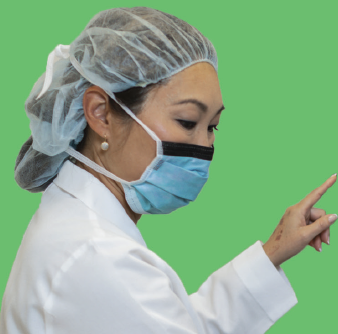
Like nearly every ophthalmology practice around the world, Bascom Palmer Eye Institute (BPEI) suspended all elective medicine early in the pandemic. During this 2-month period of treating only urgent and emergent cases, BPEI lost a significant amount of revenue, and we were unsure of our fate in the coming months and years. I’m happy to report that, since resuming the provision of elective procedures, including refractive surgery, surgical volume and revenue at our practice have outperformed our average levels during the same months in previous years. We have been able to achieve this while spacing out in-person appointments more appropriately to meet social-distancing requirements.
Our situation is not unique. According to the Refractive Surgery Council, more than 220,000 LASIK, SMILE, and PRK procedures were performed in the first quarter of 2021.1 This represents about a 30% rise in laser vision correction procedures year over year (Figure) and reflects an increase in patient demand that is fueled by a renewed interest in self- care and safety. Foggy glasses from increased mask use, fear of COVID-19 transmission from touching the eyes, and digital eye strain from increased device use are just a few reasons why patients are thinking more closely about refractive surgery. Furthermore, with many patients working from home, there is greater flexibility in their schedules to recover from the procedure while continuing to work.
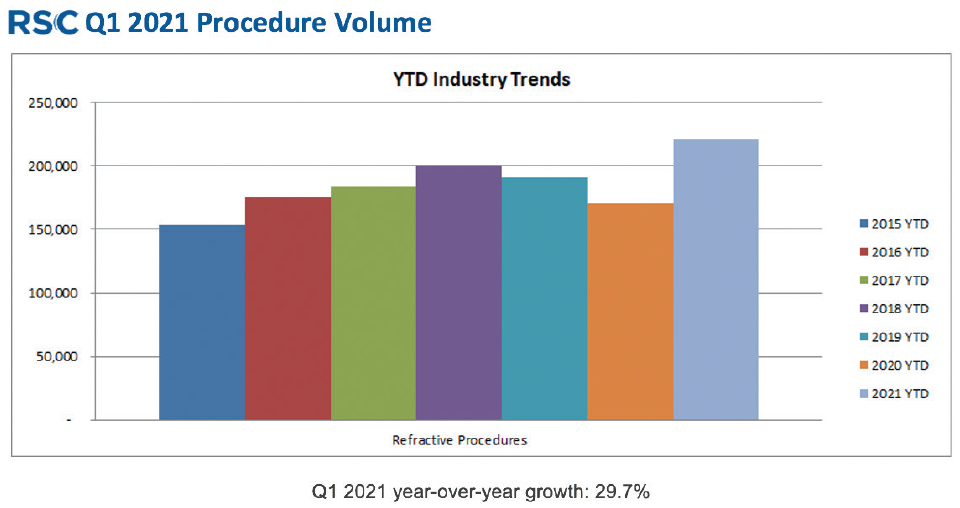
Figure. Year-over-year growth of laser vision correction procedures.
Courtesy of the Refractive Surgery Council
A MORE COMPETITIVE PRICE POINT
One strategy we have used to rebuild our surgical volume at BPEI is to reduce the price of laser refractive procedures. This was done to offset possible decreases in patients’ disposable income and to entice patients who may be wavering about pursuing in-person care such as elective surgery. An added bonus is that our services are now more competitive in our local market. This has been the biggest silver lining for us.
The pandemic also prompted us to take a closer look at offering telemedicine. We now use telehealth appointments for refractive surgery consultations. During the virtual appointment, patients can share their historical prescriptions and be counseled on their options.
CONCLUSION
By introducing a more competitive price point and offering telemedicine consultations for refractive surgery, BPEI has been able to build our surgical volume back to pre-COVID levels. We believe that the situation will continue to improve now that the COVID-19 vaccination process is further along.
1. Refractive Surgery Council reports nearly 30% rise in laser vision correction procedures year over year. Refractive Surgery Council. April 30, 2021. Accessed May 10, 2021. https://eyewire.news/articles/refractive-surgery-council-reports-nearly-30-rise-in-laser-vision-correction-procedures-year-over-year

